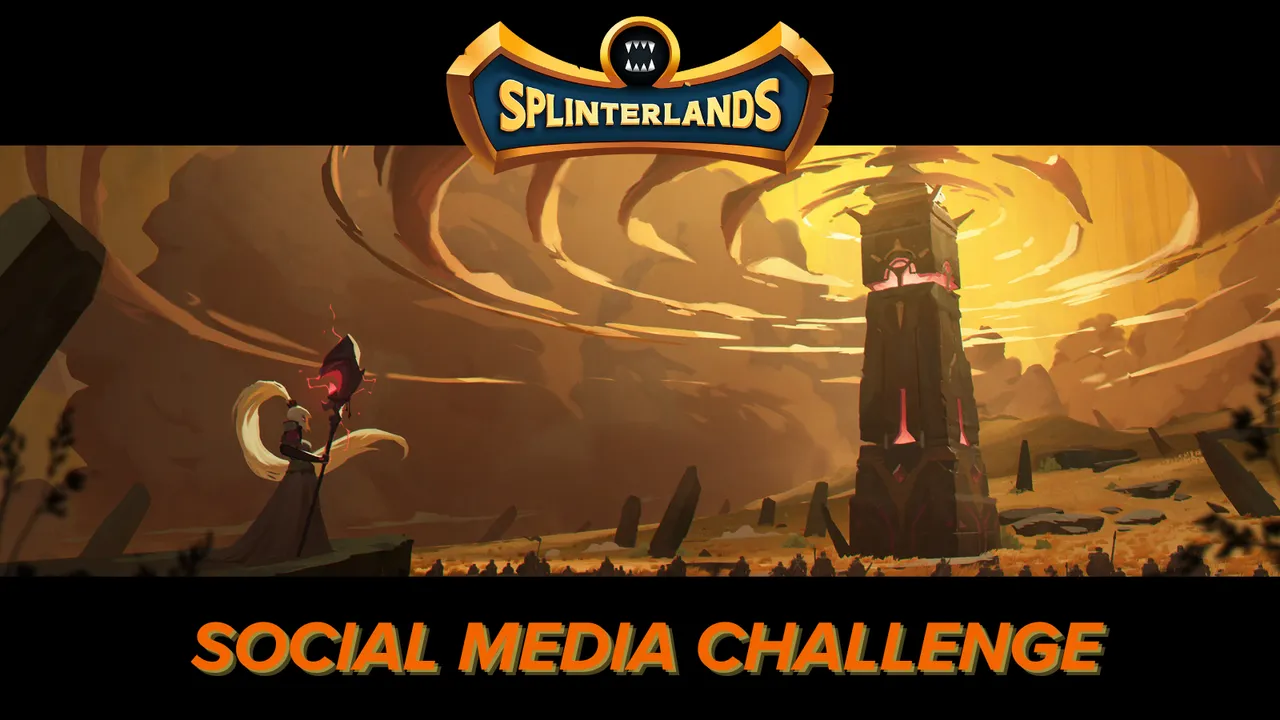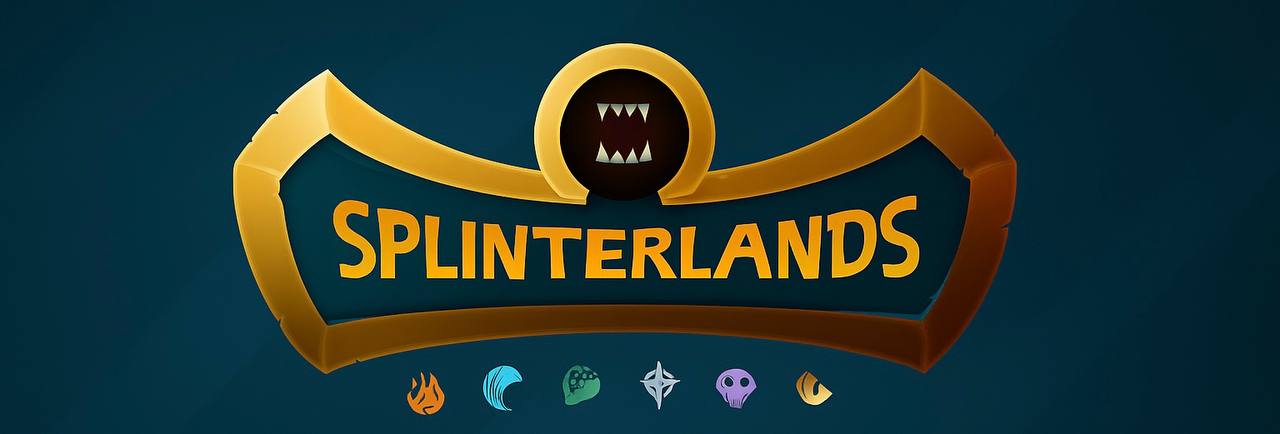
In splinterlands, one interesting thing about this game is how your positioning in a game play can turn the tides completely. Both teams may have the same monsters on either side, yet just a switch in how they are positioned affects the outcome of the battle. I had encounters in several matches where the outcome. In this post, I’ll share one of my recent battles where both my opponent and I brought the exact team units, but the positioning made all the difference.


What is Team Positioning in Splinterlands?
Team positioning refers to the order in which monsters are arranged in a battle from both sides of the team. Every monster that is picked has a slot to fill. From the frrontline tank to the backline damage dealers. Unlike many card games were playing the right cards alone can decide the outcome, it is a different case in Splinterlands. In Splinterlands, strategy plays a key role. This has to do with how you position the cards in the various slots.
The placement of each card will definitely determine who gets attacked first, which abilities goes first, and this overall determines how long a lineup can last in a battle.
Now lets take a look at how it all went down in the battle. We faced off with same monsters and even almost same line up. We used the same strategy, and just a switch of two monsters that is Little Sister and Sorrow Harvester. No changes to standard gameplay rules and a Mana cap of 41 was what it was for this particular game.
Battle Setup
. Summoner: Thalgrimore Fiend
. Mana Cap: 41
. Ruleset: Standard (no special conditions)
Both teams had the following monsters:
- Nim Guard Captain (Fiend)
- Vengeful Monk (Human)
- Little Sister (Fiend)
- Sorrow Harvester (Elf)
- Black Widow (Skitterkin)


My Line-up
- Nim Guard Captain (Fiend)
- Vengeful Monk (Human)
- Little Sister (Fiend)
- Sorrow Harvester (Elf)
- Black Widow (Skitterkin)


Opponent’s Line-up
- Nim Guard Captain (Fiend)
- Vengeful Monk (Human)
- Sorrow Harvester (Elf)
- Little Sister (Fiend)
- Black Widow (Skitterkin)


Key Difference in Positioning
The only difference here between our lineups was where the Sorrow Harvester and Little Sister were placed. In my team it was Little Sister before Sorrow Harvester but vice versa in that of my opponents. This completely changed the pace and shifted the outcome of the battle. From the battle it seemed like my opponents line up with Sorrow Harvester was exposed much earlier and went down quickly than expected. Which left the backline weaker by the time we entered into round 3. In splinterlands, the longer the survival the closer to victory, and my Harvester created the snowball effect, tipping the momentum in my direction.

The Outcome
From the battle, even though both of us had identical monsters at each side, I was able to secure the victory because of the positioning of my monsters. The protection of Little Sister gave me the more sustained damage output while the opponents own fell apart once their Harvester was eliminated.
This battle proved that positioning is just as much as important as the choice of cards. A single swap in the order of card placement has the potential of change to the game outcome most especially in close fights with evenly matched decks.
That’s all for now, see you in the arena buddies.
Join Splinterlands through this link.

Thanks for sharing! - @alokkumar121

Thanks☺️